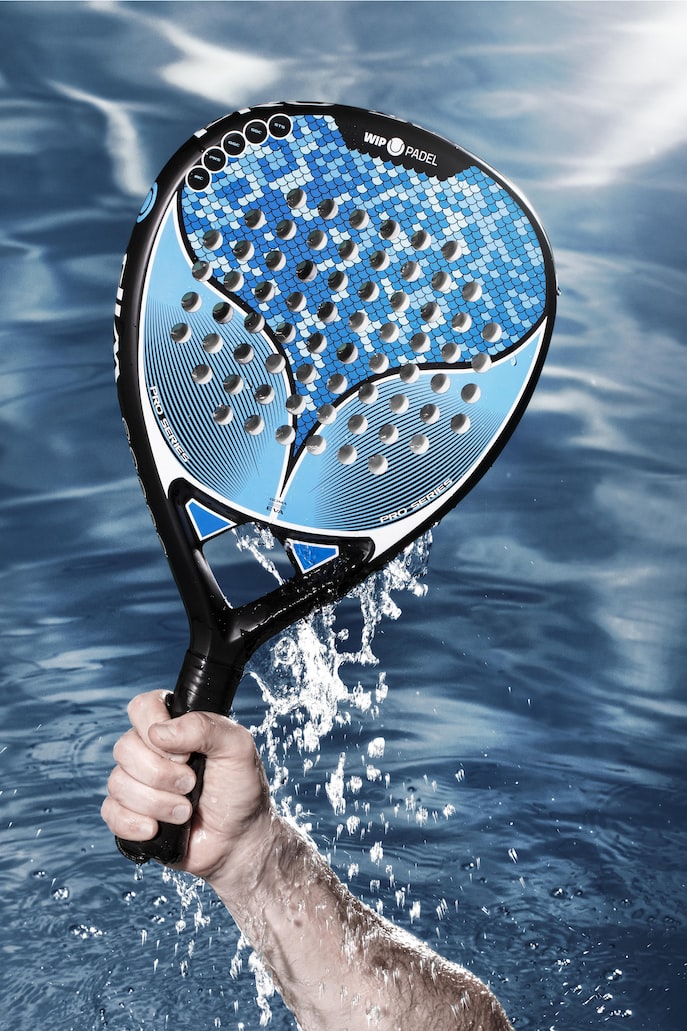Understanding the Key Elements: A Detailed Look into Padel Rules and Wall Usage
3 min read
Understanding the Key Elements: A Detailed Look into Padel Rules and Wall Usage
Have you ever heard of the captivating sport of padel? If not, you’re in for a treat! Padel is a thrilling combination of tennis and squash that has been taking the world by storm. To fully enjoy this fantastic game, it’s essential to grasp the key elements, including the rules and wall usage. Join me on this journey as we dive into the intricate world of padel.
The Basics of Padel
Before we delve into the rules and wall usage, let’s get familiar with the basics of padel. This sport is played on a smaller court, enclosed by glass walls, creating an intense and dynamic playing environment. The paddles, similar to oversized table tennis bats, are used to hit the ball, which is low-bouncing and covered with felt. Unlike in tennis, the ball can be played off the walls, adding an extra dimension to the game.
The Padel Rules Unveiled
Now that we have our bearings, let’s unravel the padel rules step by step to master this exciting sport.
Serving
Like in tennis, the server must stand behind the baseline and hit the ball diagonally into the opponent’s service box. A point is awarded if the serve is unreturnable or if the opponent hits the ball out of bounds. However, in padel, you only get one serve, making every serve crucial.
Scoring and Gameplay
Padel follows a simple scoring system. The game consists of sets, with each set played to six games. However, if both teams reach five games apiece, a tiebreaker is played. The team that first wins six or more games with a two-game lead wins the set.
Now, here’s the exciting part: the ball can be hit off the walls! To keep the game flowing and entertaining, players must wait for the ball to bounce once before they can hit it off the walls. The walls become strategic allies in padel, allowing players to perform spectacular shots and create mind-bending angles.
Crossing the Net
Unlike in tennis, players are allowed to cross the net to hit a ball, as long as they do not interfere with their opponents. This adds an element of unpredictability and intensity to the game, making each point a nail-biting experience.
The “No Volley Zone”
Padel has a “No Volley Zone” close to the net, similar to a squash “T”. Players cannot hit a volley or serve from this area, promoting fair play and ensuring that both teams have equal opportunities to attack and defend.
Wall Usage: The Player’s Best Ally
Now that we’ve covered the padel rules, let’s dive into the unique aspect of wall usage. The walls in padel transform the game, giving players the opportunity to make strategic and breathtaking shots.
Players can use the wall to their advantage by hitting the ball off it, creating unexpected angles and making it challenging for opponents to return. By directing shots towards the walls, players can add spin and speed, leaving their opponents bewildered.
Moreover, the walls can also be used defensively. If a player finds themselves in a difficult position, they can utilize the wall to return a seemingly impossible shot. This makes padel a game of creativity and adaptability, where every wall becomes a potential game-changer.
Conclusion
Padel is a sport that combines athleticism, strategy, and camaraderie. By understanding the rules, including proper wall usage, you can take your padel game to new heights. Remember, the walls are not just limitations but valuable assets that can elevate your gameplay. Whether you’re a beginner or a pro, padel has something for everyone. So grab a paddle, step onto the court, and let the exhilarating world of padel unfold before your eyes!






